Ths is a question to satisfy my curiosity. Somebody who works with me had a client who complained that his new hot water “boiler” was using an exesive amount of gas and not very effective at heating his house. His old unit of 160000 btu’s was replaced wit a higher effiency 125000 btu unit, but he also replaced all his windows and insulated the house. The first problem was that the unit would cycle on and off constantly, but the the pipes would not get hot until it stopped. The circulating pump was replaced and this problem went away. (My buddy and I thought the pump was running in reverse, because the only time the pipes got hot was when it stopped.)
Anyhow I would like to know for me, does the circulating pump run only when the burners are firing and stop as soon as the burner stops, or does it “hang on” for a while to circulate the hot water until it cools a bit, or does it run alll the time and the burners cycle as required to maintain a certain water temp. Also, what should the water temp be in hot water heating system.
I will not be advising my friend’s client on this, just wanted to know for my own info.
stemreno
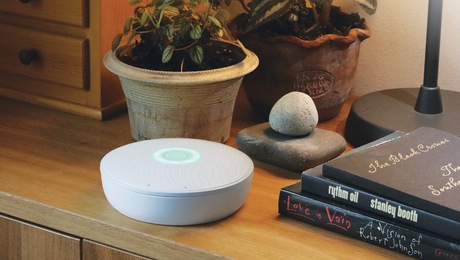


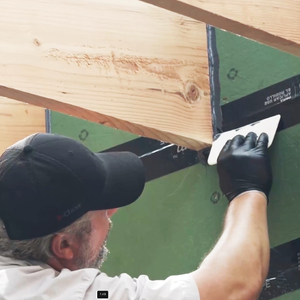
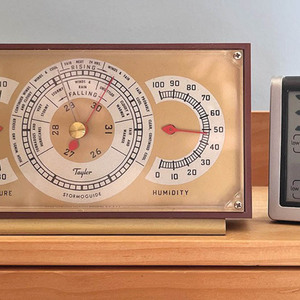
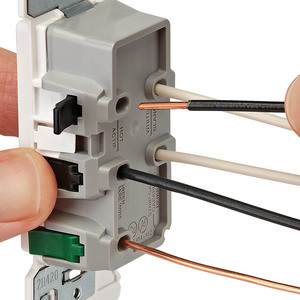





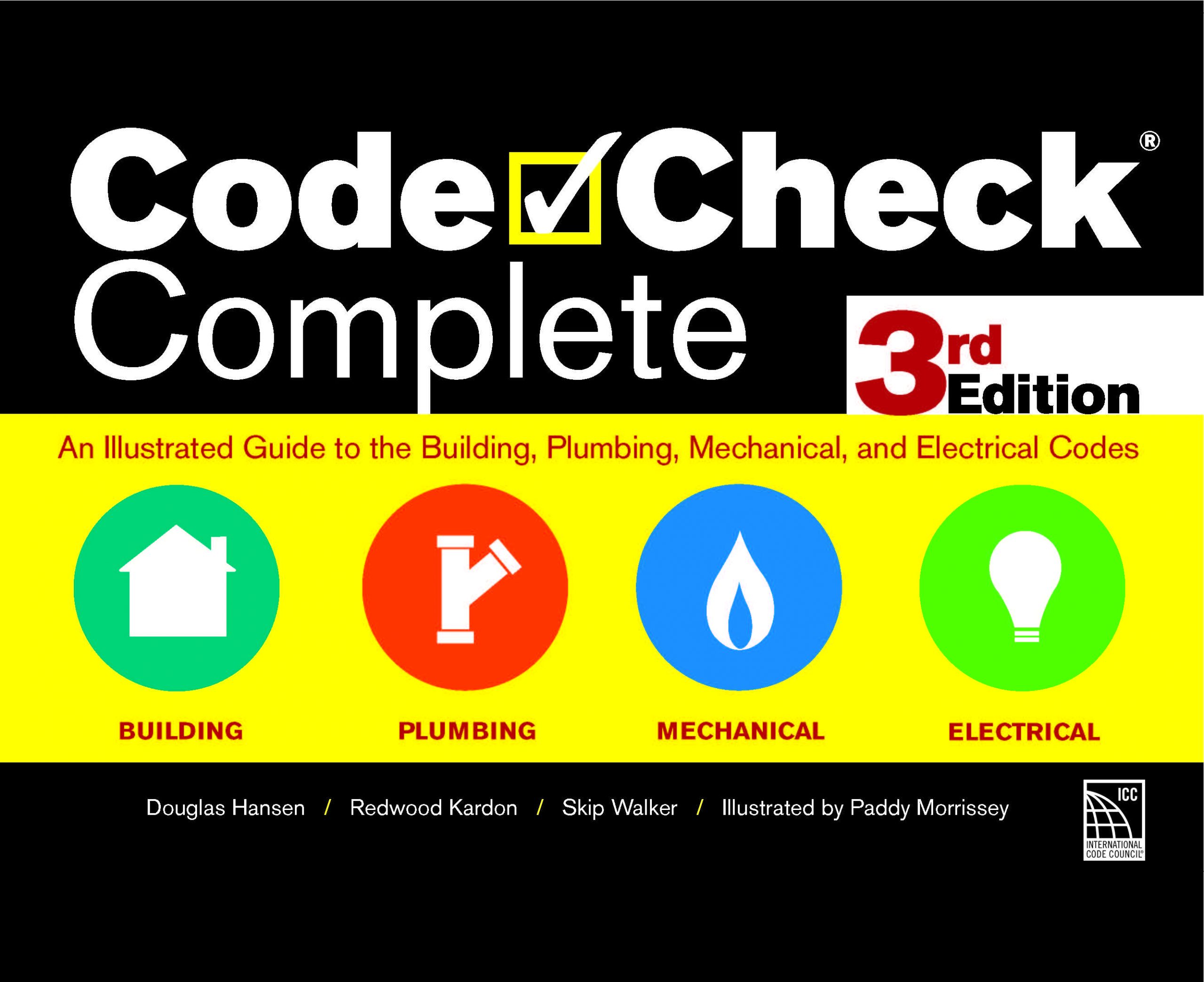
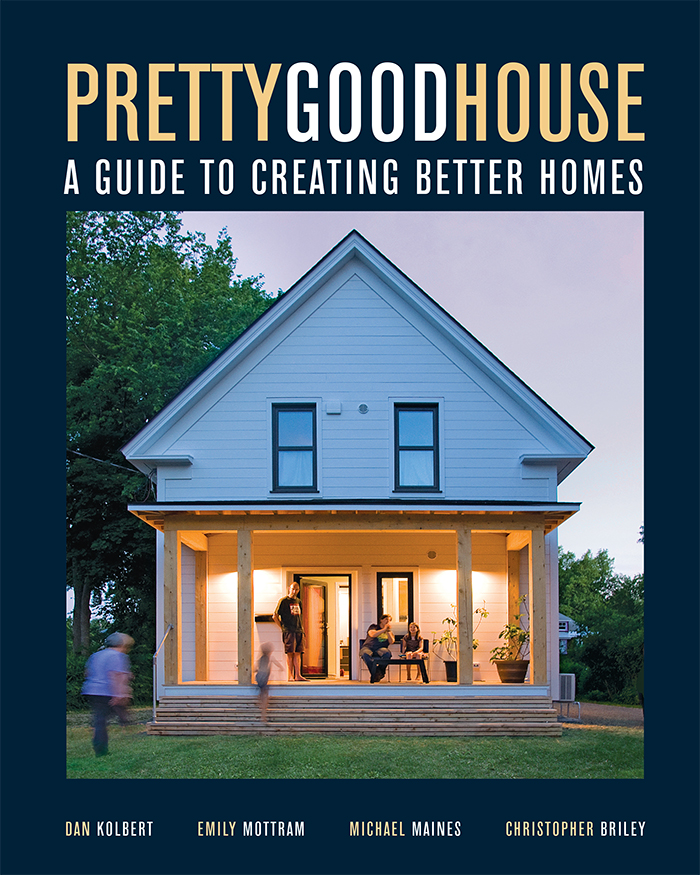






Replies
The pump should be running as long as the thermostat is calling for heat ( in a normal system) The boiler will reach its high limit shutoff temperature and will quit firing, but the thermostat could still be calling for heat..thus the pump keeps running until the room thermostat tells it to stop. As long as the thermostat is calling for heat, the boiler will continue to cycle on & off between its upper and lower limits.
In the old days, it was common to wire a boiler so it cycled constantly between the high and low limits regardless of what the thermostat was calling for. The idea of this method was that you would always have hot boiler water available as soon as the thermostat called for heat and for a few other reasons. Boilers were usually way oversized back then too. This method was considered to be wasteful in later years.
Now the boiler won't fire unless the thermostat is calling for heat....but if it has been sitting there not firing for a long time, you will have cooler water circulating until the boiler comes up to temperature. Boilers are holding less and less water nowadays, so the wait isn't as long as it used to be.
Water temperature is usually around 170 to 180 with radiators.
BoJangles is right on, though I will note that very often, when I'm asked to look at the numbers for existing baseboard or radiator systems, very rarely do they really require 170 or 180. In fact, most of the time the downward limit is what the boiler can handle moreso than running out of output at the baseboard.But they are almost always set for 180 as a standard... probably beacause that is what they are rated for in all the sales lit.I'm not saying all systems can be turned down.. but I'm always surprised at how many can.-------------------------------------
-=Northeast Radiant Technology=-
Radiant Design, Consultation, Parts Supply
http://www.NRTradiant.com
You make some good points about lowering the water temps. For years, major manufacturers installed Honeywell aquastats that had a range of 180-220.
I can't tell you how many times I have wanted to lower the water temperature only to find that the aquastat installed on the boiler wouldn't allow it.
All radiators are listed with a BTU/ft rating at different water temperatures. If you know what the heat loss / output needs to be, there may be no point in running very hot water if you can accomplish the mission with lower temp water.